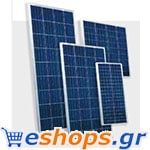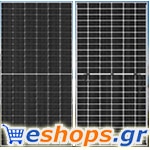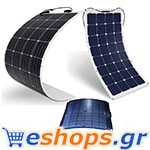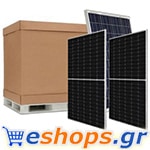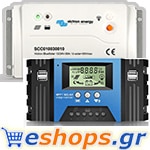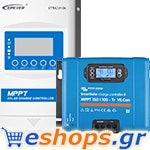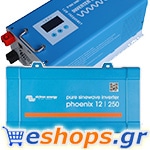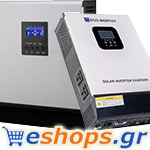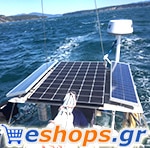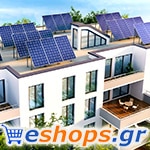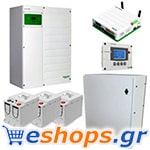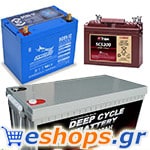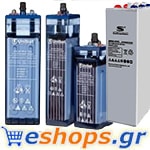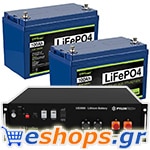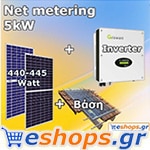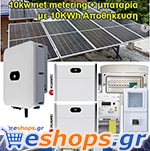What Photovoltaic to choose and why? What is the best type of photovoltaic panels?
It is clear that no one can give an easy or one-word answer to the question, what photovoltaic to choose, because there are several different factors that affect each photovoltaic installation, some less and some more (eg sunshine height, spatial peculiarities, meteorological conditions, costs, orientation, shading, etc.). In the continuation of the article, we will make an attempt to briefly describe the basic characteristics of each type in order to make their differences as clear as possible.
How are photovoltaic panels manufactured?
The material most commonly used to make photovoltaic cells in industry is silicon. It is perhaps the only material that is produced in such a massive way. Silicon today is the raw material for 90% of the photovoltaic market.
The most important advantages of silicon are:
- It can be found very easily in nature. It is the second most abundant material on the planet after oxygen.
- It can be easily melted and shaped.
- Its electrical properties can be maintained up to 125oC, which allows the use of silicon in particularly harsh environmental conditions. This is the reason why silicon photovoltaic cells can withstand a very wide range of temperatures.
Silicon, depending on its processing, gives monocrystalline, polycrystalline or amorphous materials, from which the photovoltaic cells (cells) are produced.
Photovoltaic panels usually consist of:
- A solar glass with pre-installed specially treated protection film (EVA). It is essentially a hardened, prestressed solar glass.
- Solar photovoltaic cells connected in strings.
- A special treatment glass (EVA) film as well as an insulating film on the back. All three of the above layers create a durable laminate sheet, very weather resistant, which is mounted on a stabilizing aluminum frame and a connection socket.
Performance level
The reported "efficiency" for each type of panel is essentially the percentage of solar energy it converts into electricity. The degree of efficiency currently ranges from 6% -19%.
Categories of Photovoltaic Panels
Monocrystalline photovoltaic panels: They are made of blisters cut from a single large cylindrical silicon crystal. Their construction is more complex, resulting in higher production costs.
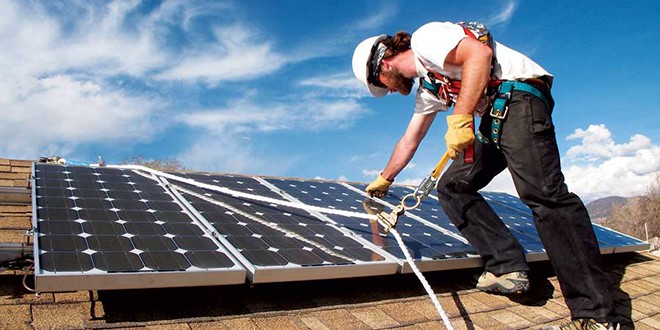
Monocrystalline photovoltaic panels
Character:
- It is the first type of photovoltaic panel to enter mass production.
- They have a better performance / surface ratio than other types of panels.
- Their energy efficiency ranges from 11% - 19%
- They have higher production costs compared to polycrystalline panels.
- They have a greater thickness of material.
- They are dark blue or black.
Polycrystalline photovoltaic panels: They are made of cells that have been cut into thin sections, from molten and recrystallized silicon rods (the molten silicon is poured into a mold and then cut into blisters).
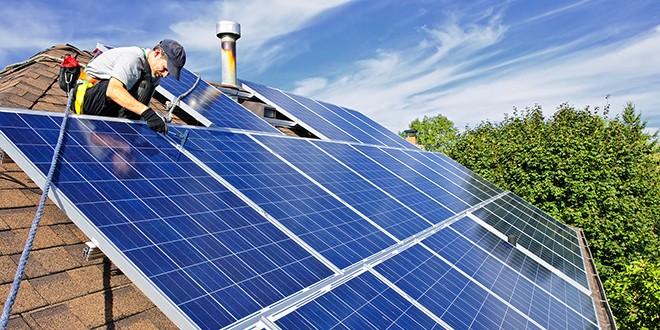
Polycrystalline photovoltaic panels
Character:
- Their production method is cheaper than that of monocrystals, which is why their price is usually a little lower.
- Their energy efficiency ranges from 11% - 16% is relatively lower than that of monocrystalline, but once the cells are placed in a panel with another 60, the real difference in watts per square meter is negligible. Today, with the rapid development of technology, their performance tends to reach the performance of monocrystals.
- They are the most widespread panels in the world.
- They have the best cost-performance ratio.
- They have a blue color.
Thin film panel (thin film): This is a broader category, which includes the so-called "third generation" panels that come from many different production and processing methods (eg amorphous silicon (a-Si), copper bis-filament (CuInSe2 or CIS), cadmium telluride (CdTe) , French Arsenic (GaAs) etc). Amorphous silicon panels, which are the most common in this category, consist of thin-film strips which are produced by depositing semiconductor material (silicon in our case) on a support substrate, low cost such as glass or aluminum. The designation amorphous photovoltaic comes from the random way in which silicon atoms are arranged.
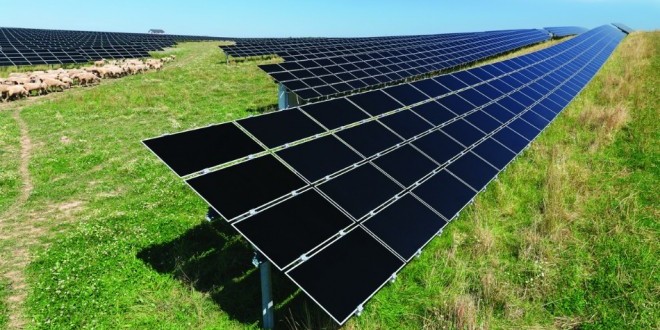
Thin film panel
Character:
- They have, nominally, lower yields compared to the other categories (6% to 11%).
- Due to the smaller amount of silicon used in their production, their price is significantly lower.
- They perform best in high temperatures.
- Thin film panels have better performance than crystalline photovoltaics when there is diffuse radiation (cloudy).
- They have a low energy density, which means that to produce the same energy we need almost twice as much surface area as crystalline photovoltaic cells.
- There is no evidence from old installations about their performance and duration, as their technology is relatively new.
- They are a good solution when there is: large space available, shading, unfavorable orientation.
Hybrid panels: They are panels that combine more than one of the known technologies (eg combination of amorphous and monocrystalline silicon) In the market, the most common panels in this category are made of two layers of amorphous silicon around a layer of monocrystalline silicon.
Character:
- They have a high degree of efficiency that can reach 19%.
- They have very good behavior in the effect of temperature and remarkable efficiency in diffused lighting.
- They have much higher construction costs.
- There is no data from old installations, regarding their performance and duration, since their technology is relatively new.
Performance - cost comparison
The results, from three installations, with identical specifications (installation location, orientation, power efficiency), but with three different types of panels (monocrystalline, polycrystalline and thin film) highlight, in practice, the nominal differences of their characteristics, as described above. For example, the annual output in kWh for all three types does not show significant differences. The essential difference is only in the required square meters for the placement of the panels, and only for one of the three categories.
In conclusion
Reading again and again the nominal technical characteristics of each category, in combination with their cost characteristics, does not result in a single element that directs our selection to a specific category. The odds are pretty much the same and so are the costs. So, the choice of photovoltaic panels has to do mainly with the peculiarities of each installation separately and, when we say peculiarities, we mean the place of installation, the available space, its orientation and inclination and maybe with the personal color choice ( black or blue).
In the decision to choose a photovoltaic system will help decisively the company we chose, because it should analyze and include in its study, all the features and peculiarities of the installation, in order to achieve the optimal result for your investment.
